Pedagogy Predictions From EDspaces 2022
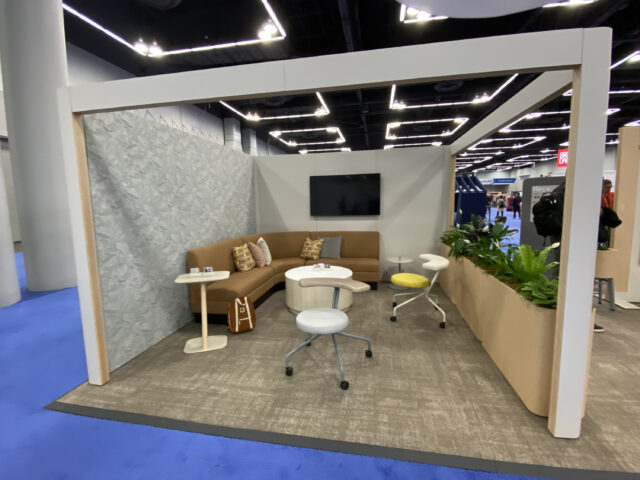
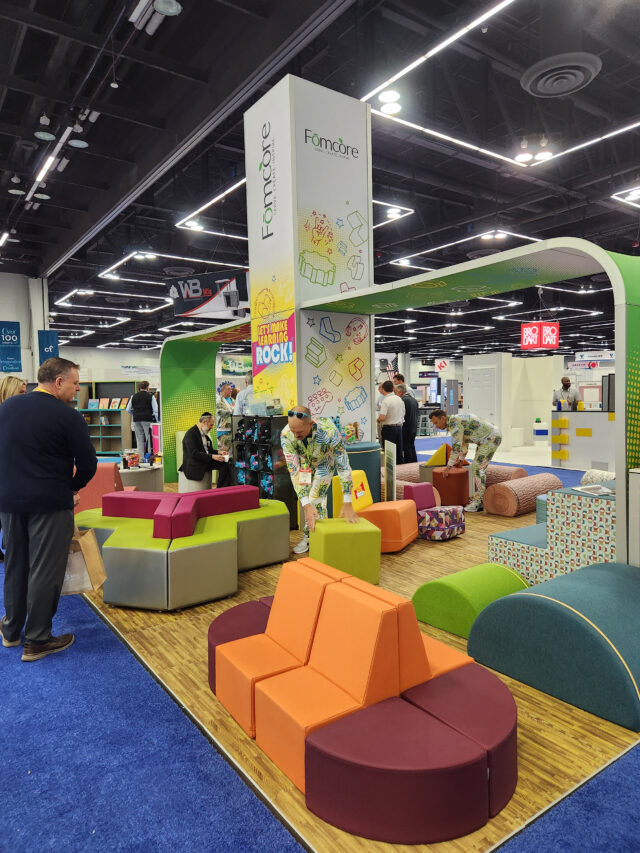
Last month, members of our K-12 and Higher Education studios attended the 2022 EDspaces conference in Portland, Oregon. This annual conference highlights the work of experts in educational design, learning environment furniture solutions, and teaching methodologies through local facility tours, education sessions, and showroom exhibits. Here are some of the highlights from our experience this year.
E-Sports & STEAM Education
STEAM Education (Science, Technology, Engineering, Art, and Mathematics) is a pedagogical movement that has surpassed “trendy” to become a critical component of school curricula from early childhood through post-secondary education. In STEAM classroom environments, project-based learning prepares students for an ever-changing world beyond the classroom by teaching critical thinking, collaboration, and experimental skills.
At the 2019 conference, many furniture solutions and discussions centered around the makerspace component of STEAM programs. Three years later we’ve seen makerspaces go beyond standalone rooms with project-based learning concepts becoming commonplace within other school settings. At East Irondequoit Central School District’s Helendale Road Primary School Library, which was completed earlier this year, the space encourages student play and experimentation within the larger context of the media center.
This year’s conference saw a notable shift toward the inclusion of Esports (competitive video gaming) spaces within the school STEAM environments. Esports programs at the university level have become increasingly popular as more and more college programs offer majors and scholarships in the field. Programs like these are starting to be implemented in the K-12 market as educators embrace the multi-disciplinary concept. In his presentation on Esports spaces, Researcher Greg Nelson from School Outfitters detailed how these programs touch all aspects of STEAM as students learn about technology, computer programming, game design, communication, and team-building skills.
Esports will continue to grow, particularly within the secondary school environment. Many schools already include extensive STEAM programming as well as in-house broadcasting for school television or radio shows. Esports can serve as a bridge between the two to create a real-world simulation of the profession.
Design for Occupant Well-Being
Just as in 2019, the EDspaces showroom floor was saturated with biophilic design elements referencing and replicating nature in the interior built environment. Many furniture systems incorporated real or preserved plants in space dividers and natural textures like wood were used everywhere from temporary partitions to early childhood play furniture. In addition, several EDsessions focused on the connection between nature and student health and well-being, a concept that has been backed up by evidence-based design as well as certification programs like the WELL Building Standard.
The concept of student well-being has become increasingly important as a wellness report by the ACLU in 2022 found that self-reported ratings of “mental wellness” have decreased since the pandemic. Another study completed in 2021 by the American College Health Association indicated that between 31% and 38% of college students felt excessive stress and anxiety.
Even before 2020, many schools implemented emotional intelligence programs in their curricula, clearly indicating a shift toward bolstering student mental health. Beyond the inclusion of nature, other strategies to promote a sense of well-being included creating a strong community identity through personalization; including plenty of access to natural light, views, and ventilation; incorporating opportunities for movement through active furniture or fitness programming; and designing zoned spaces for collaboration, quiet work, and self-reflection.
Student and staff mental health is critical for the success of teaching and learning as occupants who are chronically stressed or anxious will not be ready to learn. Designing for well-being will become a key indicator of educational design success and help students to feel connected to their larger school community in a meaningful way.
Diversity, Equity, & Inclusion in Design
“Not everything that is faced can be changed, but nothing can be changed until it is faced.” These are the words of American novelist James Baldwin and one of the opening thoughts in a presentation by Katrina Ruiz, Dr. Joe Morelock, and Anne Erwin, architects and educators from the Portland, Oregon area. Over the past several years, diversity, equity, and inclusion (DEI) initiatives have become a core tenant of many organizations’ values and strategic planning initiatives as society has focused on injustices and inherent biases facing marginalized groups. In their presentation, the architects discussed a process called “Equity Commissioning,” which is a process of identifying, prioritizing, and evaluating the successful implementation of equity-based design elements in a project.
Educators have been at the forefront of many of these conversations as the student body represents a wide variety of racial and ethnic groups, LGTBQ+ communities, socio-economic backgrounds, and more. However, designing for these groups in meaningful ways has often been overlooked or difficult to achieve. This year’s conference challenged facility planners and involved project stakeholders at all levels and backgrounds to think of the ties between inequality and the built environment, and to consider how planning decisions impact the most marginalized occupants and how design elements may be biased toward majority groups.
One simple design example throughout many of the Portland Public School System buildings was the pervasive use of inclusive restrooms. To provide comfortable facilities for people of all gender identities, single-stall toilet rooms are oriented along a shared handwashing “corridor” that removes expectations or stressors associated with entering binary-gendered spaces. Considerations and difficult discussions on inequalities like these bring important issues to light and ultimately improve the user experience for all building occupants.
DEI initiatives are an incredibly important topic in today’s society. As populations continue to evolve, educators and school planners need to be open to big ideas and difficult conversations to ensure their spaces are truly responding to the needs of their diverse populations.
Post-Occupancy Research
As a natural part of the design process, architects and interior designers solicit feedback from end users early in the conception of a project to identify the needs, wants, and goals of our clients. LaBella excels at engaging the school and surrounding community during pre-design to help ensure the spaces we design respond to each client specifically and do not fall into a “one size fits all” approach.
In addition to pre-design feedback, post-occupancy evaluations have gained traction, especially in educational design. A post-occupancy evaluation (POE) is a systemic process of evaluating buildings on building operation and occupant satisfaction through performance testing, observation, surveys, focus groups, and other data collection methods. This process serves to test whether a design met the functional goals established in pre-design conversations, what impact design solutions to those goals made, and whether they were the right goals in the first place. An effort toward continuous improvement, POEs should be used to document and capture these changes, for worse and for better.
POEs will become more commonplace and serve as a tool for education professionals and designers to learn from past projects. POEs will not only bring to light decisions that were successful or unsuccessful, but also highlight the changing ways in which students and staff use space in innovative ways that may not have been thought of before.
As usual, EDspaces provided an engaging variety of content that our team looks forward to implementing in our work. Let us know your thoughts and how we can share this knowledge with your district.
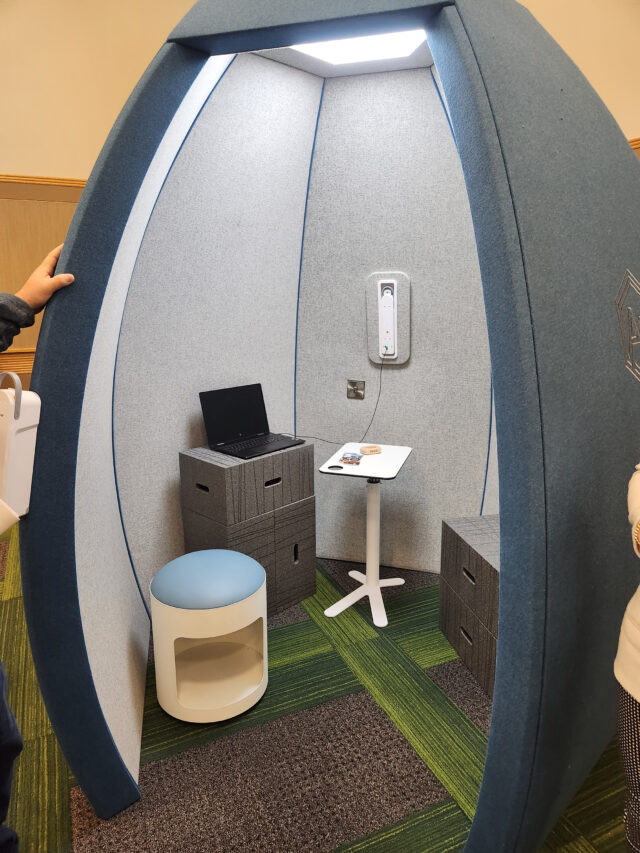
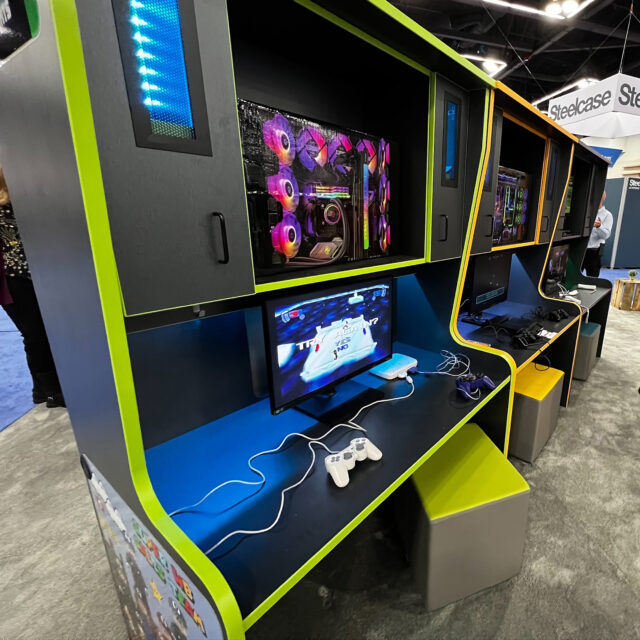
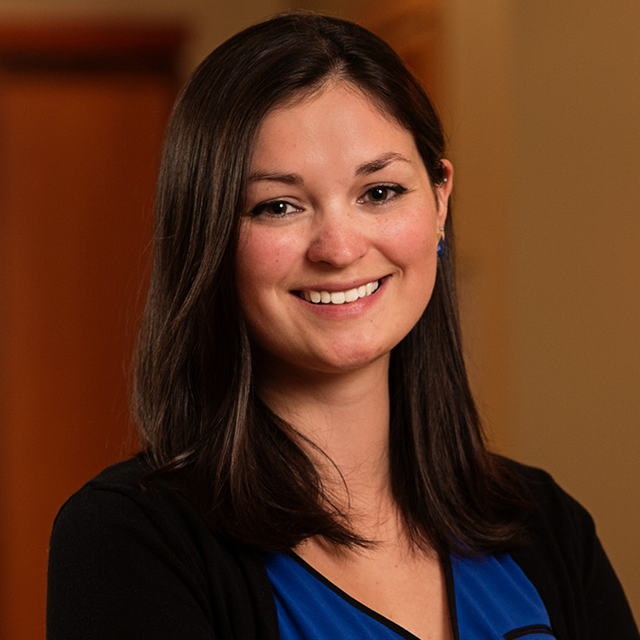
About the Author
Danielle Lewis, CID, IIDA, WELL APSenior Interior Designer
Danielle is a Certified Interior Designer and WELL Accredited Professional with a focus on K-12 and higher education projects. She recognizes trends in pedagogy that cross over from both markets and strives to create spaces that prepare learners for graduation and beyond. Danielle is passionate about designing learning environments that enhance student success, joy, and well-being, and believes that the best designs stem from engaging with stakeholders early in the process to craft solutions that capture the clients’ visions and goals.